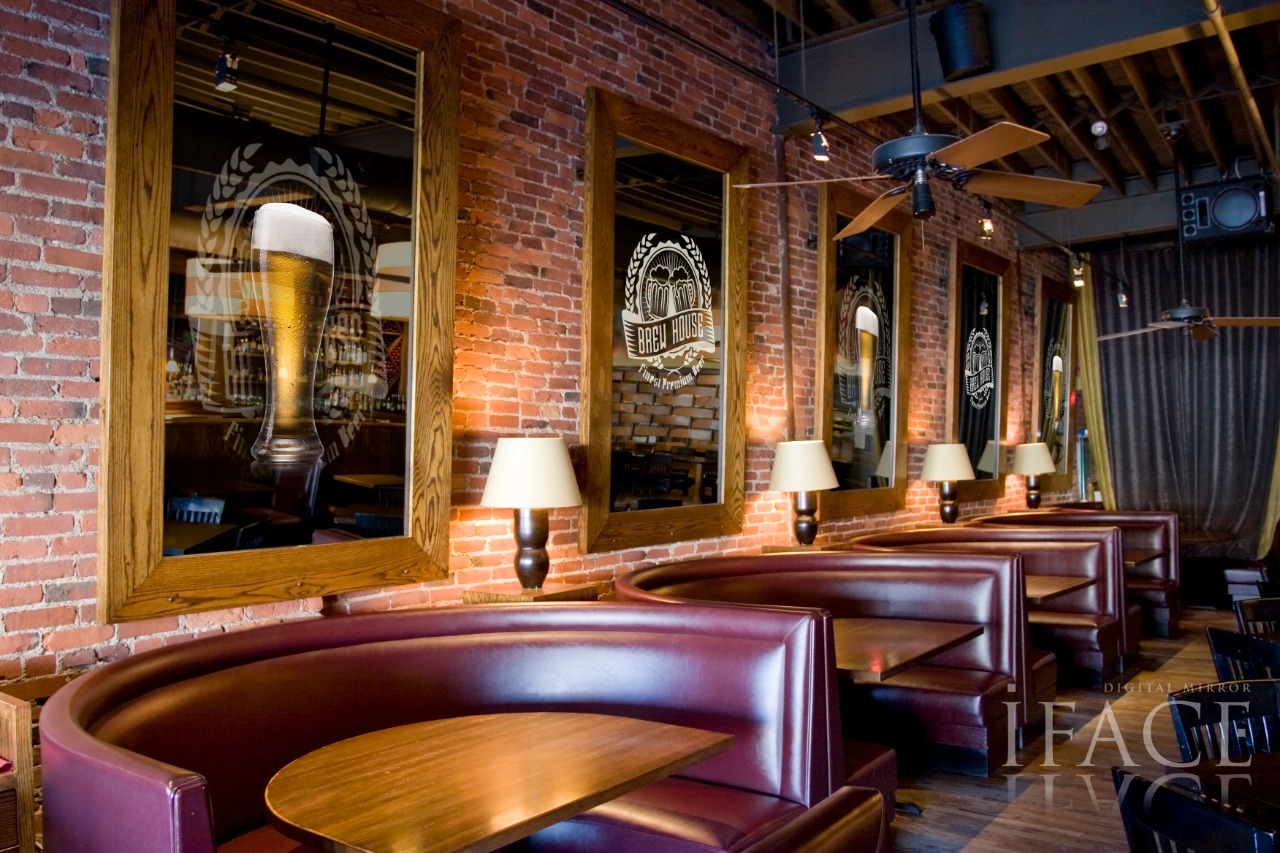Jarábik Barbara: Luxury marketers may also focus on the heritage and history of their brand, emphasizing its long-standing reputation for luxury and opulence. This can be an effective way to create an aura of luxury, as it suggests that the brand has a long-standing reputation for quality. If your brand was established years ago, make sure to include a history section with interesting facts on your website. Ideally, you should maintain a balance between innovation and tradition in your luxury strategy. An interesting way to do this is by collaborating with artists. A good example is luxury French brand Louis Vuitton, who have worked with Yayoi Kusama, Stephen Sprouse, Takashi Murakami and Jeff Koons.

Adidas purposely only creates a limited amount of every new model to make them appear rare. While they sell for $200 from a retail store, they are often resold for upwards to $1,000! This is also an excellent example of using scarcity to entice people to purchase the shoes because there’s a good chance they won’t be able to get them or they’ll have to pay insane resell prices. Another brand we can learn from is Paul Parkman. This luxury shoe company uses exotic materials like crocodile and python to make their footwear one-of-a-kind.
Google is one of the most influential channels when it comes to helping luxury shoppers find products, learn more about brands, and make their purchase. As we’ve already alluded to, most luxury brands have pretty poor websites. Unsurprisingly, most of those websites also have extremely bad SEO, making it difficult for their websites to rank well in Google for search terms that would otherwise capture potential customers. Take Prada for instance. When I search for Prada handbags, not only do I not receive a link to Prada’s handbag page (due to their poor keyword targeting, slow site, and poor on-site structure), but the results also look messy and untargeted.
For the majority of search marketers, Google advertising is the be-all-end-all. Bing and other networks (Yahoo Gemini among them) tend to exist in their arsenal complementarity, if at all. Generally speaking, this is a bad idea. For luxury brands, it’s a cardinal sin. According to Bing, nearly one third of its audience has a household income of $100,000 or more. What does that 30% mean, exactly? 160 million unique searchers. 5 billion monthly searches. But perhaps most important to your business is the fact that Bing allows you to reach 59 million people who aren’t reached on Google. Yes, for the most part clicks on Bing are cheaper than they are on AdWords. This is awesome. But the network’s real value is the fact that you can get an additional 118 million eyeballs (a third of which have are attached to six-figure incomes) on your luxury goods.

While I appreciate the need for stylistic design, luxury brands need to invest in websites that are also intuitive and well desgined from a user experience perspective. Aston Martin and Versace are both great examples of what luxury brands should be doing with their websites. Their websites are visually stunning, while very easy to use, and highly functional. In his book ‘Start With Why’, Simon Sinek explains how great marketing starts by explaining why they exist. Despite this, the majority of brands still market their products by explaining what they do. Take Apple for example. Here’s a paraphrased excerpt of how apple communicate with their customers. See extra info on https://www.behance.net/barbarajarbik.
Digital signage mirrors are another way for luxury brands to advertise efficiently : The entire digital signage mirrors market was estimated at USD 780 million in 2021. The global market is expected to grow at a CAGR of 12.21% to hit USD 910 million by 2023. Digital signage mirrors can greatly increase individual efficiency by choosing outfits as per weather updates while also offering bus and train schedules (including traffic updates). Digital signage mirrors in smart homes, planes, commercial spaces, hotels, etc. are designed to be connected to users as well as with different devices around. Energy efficiency is one of the major advantages that will drive the adoption of digital signage mirrors.